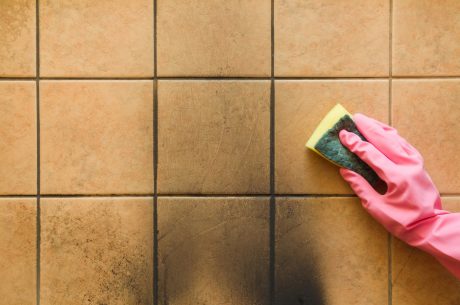
Having pets at home is wonderful, but it’s essential to be aware of potential biohazard issues and take preventive measures. Here are some common biohazard issues related to pets and how to prevent them:
Pet Waste Contamination:
Issue: Large volumes of pet waste (especially in cases of animal hoarding) can be a serious biohazard. Urine and feces may contain bacteria, viruses, and parasites.
Prevention:
- Regularly clean up after your pets.
- Dispose of waste properly.
- If buying a home with pet waste contamination, hire a qualified biohazard remediation company for thorough cleaning.

Toxoplasmosis from Cat Feces:
Issue: Toxoplasmosis is a parasitic infection transmitted through cat feces. It can cause flu-like symptoms, respiratory problems, and neurological issues.
Prevention:
- Wash hands thoroughly after handling cat litter.
- Pregnant women should avoid cleaning cat litter boxes.
- Keep sandboxes covered to prevent stray cats from using them.

Pet Urine Odor and Ammonia:
Issue: Pet urine, especially from cats, contains high ammonia levels. Over time, it evaporates into toxic fumes that can cause respiratory illness and skin/eye irritation.
Prevention:
- Clean urine promptly.
- Use enzymatic cleaners to eliminate odor.
- Ventilate the area well.
Remember, proactive steps can create a safe and healthy environment for both your pets and your family! 🐾🏡



 PuroClean of San Clemente
PuroClean of San Clemente